Artnet News Pro
The Art World’s Technological Revolution Is Coming. Here’s What a Truly Networked Art Market Will Look Like
Here are five innovations that will push the market into the future.
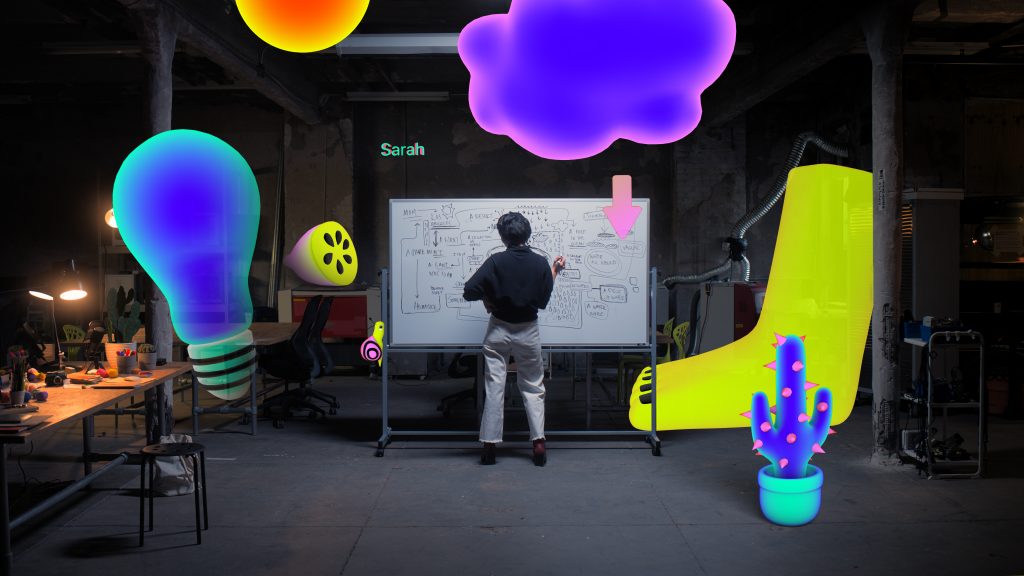
Here are five innovations that will push the market into the future.

It’s 2029. You are strolling through the Art X Lagos fair and pass by a life-size hologram of David Zwirner engaging a group of IRL collectors in a lively back-and-forth about a suite of Roy DeCarava photos in his gallery’s booth. An autonomous robot rolls by, scanning bar carts to alert catering staff when they are running low on champagne.
A few stands over, your eye alights on an arresting 30-year-old painting by an unfamiliar artist, so you take a snapshot with your smartphone and feed it into an app. Voilà: you now have access to the work’s full provenance and complete auction-price history.
On the walk back to your hotel, you click a tiny button on your smart glasses that allows you to switch between three separate displays of augmented-reality artworks as easily as changing channels on a TV: one specially commissioned by the fair, another by a consortium of international galleries not admitted to the fair, and a third by a cooperative of Nigerian street artists with no connection whatsoever to the art establishment.
Here in fall 2021, this networked future seems very far away. But in fact, examples of each innovation above already exist—they just remain relatively rare (and often, more than a little glitchy).
The next nine years hold the potential to make these advances commonplace, seamless, and ubiquitous, transforming the art business we know into a technological wonderland at unprecedented speed. After all, as the historian and philosopher Yuval Noah Harari wrote, “If previously it was sufficient to invent something amazing once a century, today we need to come up with a miracle every two years.”
Below are five technologies identified by experts as having serious potential to redefine the art business by the end of the 2020s. If you see an entry on the list that looks like yesterday’s news today, wait until you see how our experts expect it to power up in the years ahead.
Also known as “mixed reality” or “extended reality” (XR), augmented reality integrates select digital imagery with the tangible world through the screen of a handheld device (like a smartphone) or wearable tech (like Microsoft’s HoloLens). Unlike virtual reality, it doesn’t require the user to choose a digital experience over a physical one; it merges both into a single enhanced environment.
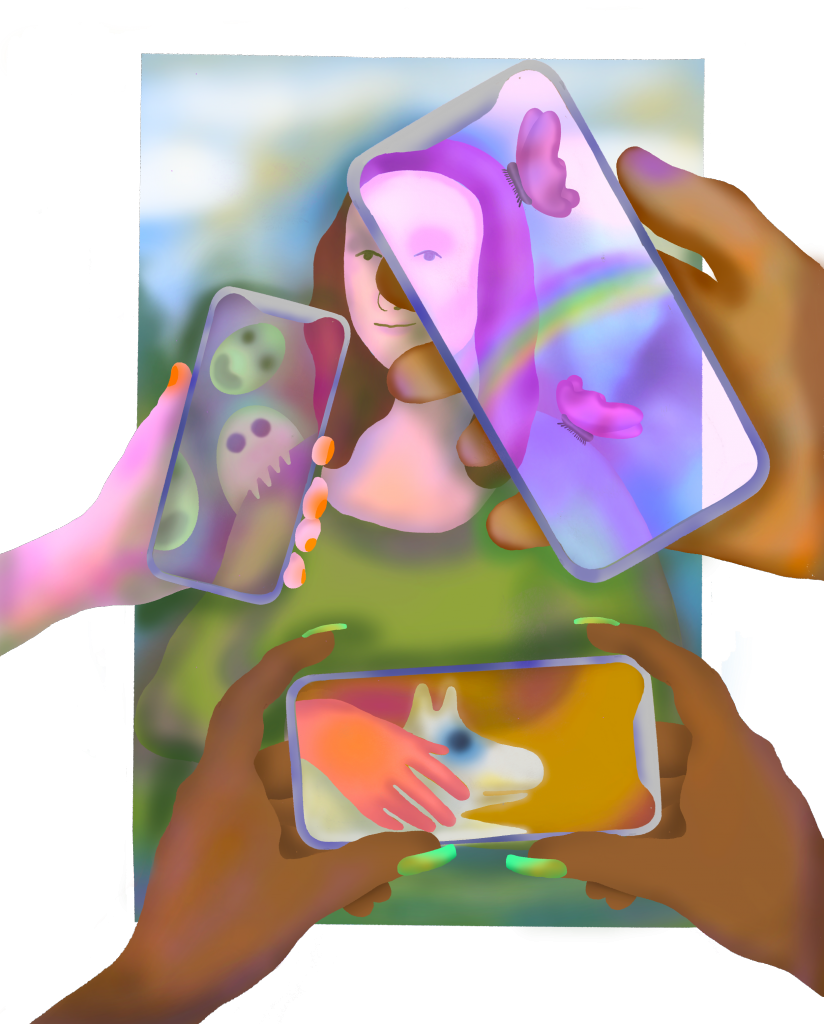
Illustration by Klara Graah.
Next Use Cases: Museums and art businesses have been dribbling out AR experiences for years, such as the ability to approximate how a painting might look on your living room wall. Behind-the-scenes applications could be even more transformative, enabling artists to direct on-site installations and technicians to oversee repairs remotely. Hannes Koch, a cofounder of the art collective Random International, describes the solution as “much better than trying to gesticulate wildly on a Zoom call.”
Who to Watch: Aside from Big Tech behemoths, keep an eye on Acute Art, known for its collaborations with top contemporary artists, and Cuseum, which helps museums cultivate AR offerings. Also, don’t sleep on digital-forward private buyers like the Kremer Collection and DSL Collection, both of which have already created full-on VR museums that could inspire AR experimentation among their peers.
Blow My Mind: How’s this for growth potential? Of the roughly 55,000 museums worldwide, Cuseum founder Brendan Ciecko estimates that fewer than 1,000 have leveraged either augmented or virtual reality to date.
Powerful computers can unearth patterns in data sets too large for humans to process. The computers are unleashed with no specific instructions other than to continuously refine their search criteria (and conclusions) based on new exposure to data.
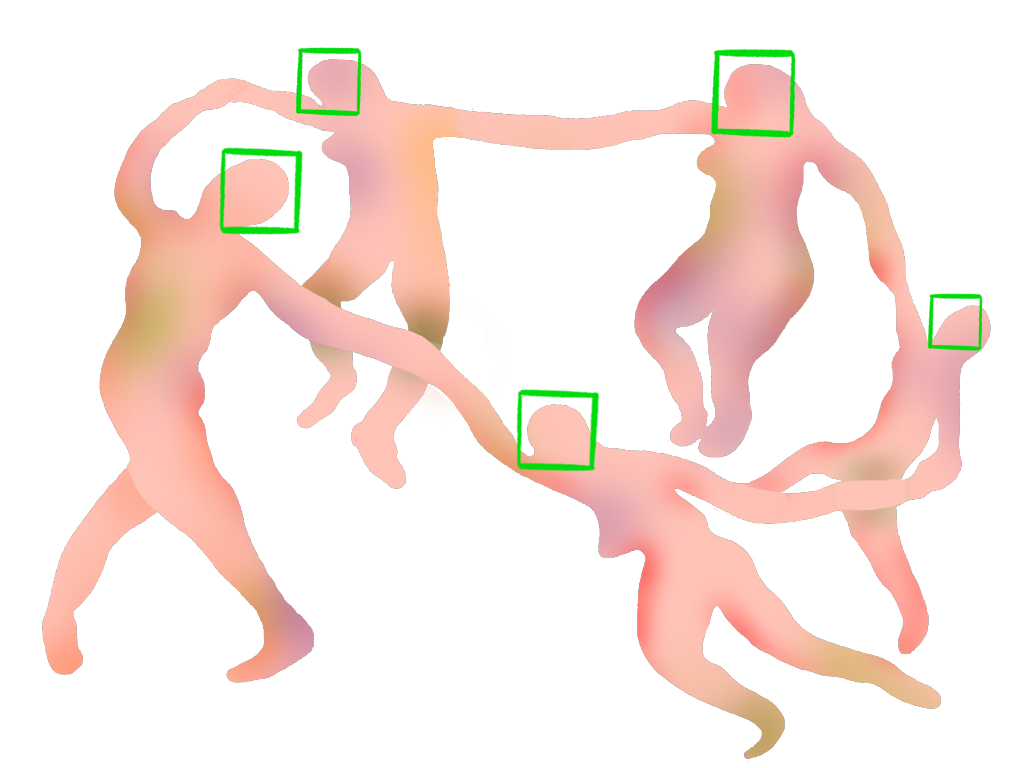
Illustration by Klara Graah.
Next Use Cases: Want an app that can instantly identify any artwork in a museum, art fair, or a dealer’s inventory, including provenance and price history aggregated from public auction records, published art-fair sales reports, and even gallery checklists? How about a service that automates art-shipping quotes and logistics solutions? Machine learning is our skeleton key to all this and more.
Who to Watch: Google Arts & Culture is Goliath in this space, but among the fascinating Davids are KIKU and Art Recognition, a pair of European apps that cross-reference IRL artworks against databases of stolen pieces and forgery traits; ARTA, the New York-based firm whose algorithms have maximized efficiency and lowered costs for art shipping; and a slew of “Shazam for art” contenders such as the Magnus app (in a for-profit context) and Smartify (in an institutional context).
Blow My Mind: Machine learning is already shedding light on structural elements of the art trade that were previously undetectable. This May, Bárabasi Lab, a leading machine-learning research outfit, used publicly available transaction information to create a data visualization of the “collector network” on the popular NFT marketplace SuperRare. Bárabasi found that “the bulk of” the 16,000+ tokens resold there in the preceding three years were still controlled by a small handful of early-moving buyers.
Portable, on-demand production of life-size, full-body holograms enable an individual to engage with audiences around the world from a (very) nearby location—a hotel suite, an office, or even their own home—at a level of sophistication unattainable by old-school videoconferencing. Just combine a little proprietary tech (holography engines and screens) with off-the-shelf audiovisual equipment (green screens, 4k cameras, studio lighting, etc.) rented from local providers on either end of the chain, and the future of communication is yours.
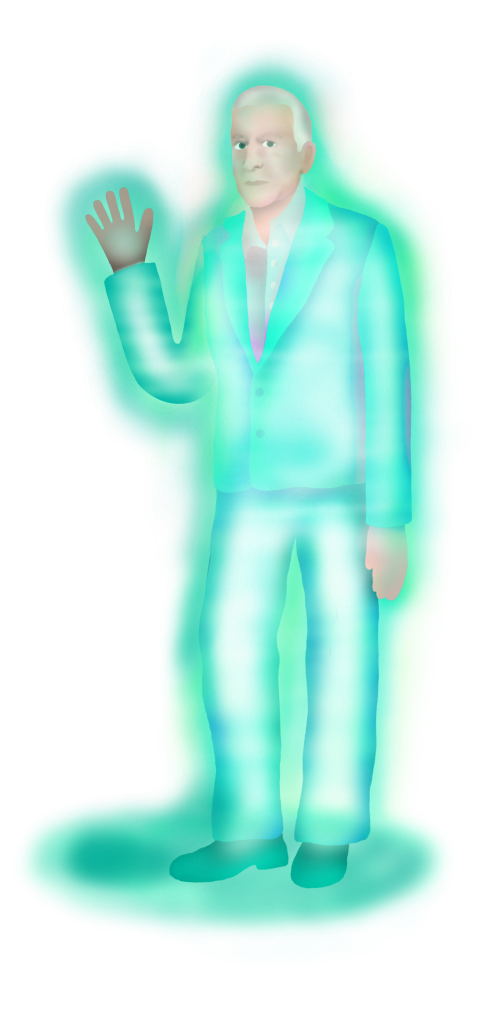
Illustration by Klara Graah.
Use Cases: Every important art-world meeting and presentation imaginable. Dealers can holographically “meet with” collectors about works physically on view at an art fair halfway around the world. Artists can perform in multiple venues simultaneously with minimal loss of immediacy. Arts educators can teach classes more easily than ever before, as holographic presentations can be live or recorded and replayable.
Who to Watch: ARHT Media, whose HoloPresence technology made waves at this spring’s Art Basel Hong Kong. There, select dealers beamed into the convention center from studios in New York, Geneva, and Singapore for 15-minute sessions with groups of up to 10 VIPs viewing IRL works on opposing walls (with the gallerist “on stage” between them). ARHT also recently announced a 100-location partnership with WeWork that will simultaneously increase the ease and reduce the cost of capturing holographic content.
Blow My Mind: The ability to record holograms means that artists can even be present from beyond the grave, as evidenced by the ticketed “performances” from late superstars Maria Callas and Tupac Shakur. Your as-yet-unborn great-grandchildren might be able to see Marina Abramović restage “The Artist Is Present” in the year 2170.
You know them now as unique alphanumeric codes that certify ownership of a digital asset or physical object via the decentralized security and unbreakable provenance of blockchain. So far, they’ve primarily been used to manufacture scarcity (and thus value) in digital assets. But the traction they’ve gained in the marketplace will lead to back-end upgrades that enable them to deliver much more effectively on their potential to solve long-standing structural problems in the traditional art system.
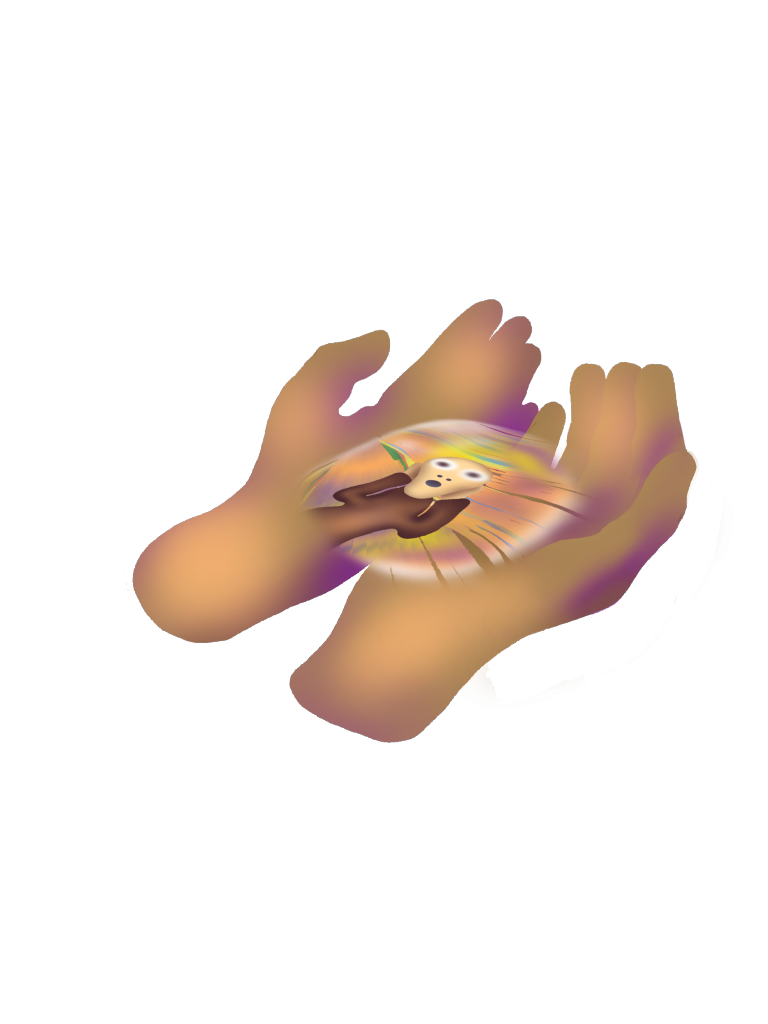
Illustration by Klara Graah.
Next Use Cases: In the nonprofit sector, expect more institutions to follow the Uffizi’s lead by selling NFTs linked to works in their collections as a lucrative alternative to deaccessioning. In the for-profit sector, a new generation of smart contracts could close the governance gaps present in so much of today’s crypto-art, ensuring the same resale royalty is paid to the artist regardless of the platform where the piece is flipped, clarifying the ownership terms around the off-chain artwork connected to each NFT, and more.
Who to Watch: New Inc and Rhizome have been early adopters and dedicated champions of crypto as a force for good for years. New York’s Postmasters gallery also launched a dedicated blockchain platform powered by a “game-changing, rights-enabled” NFT infrastructure designed by Kevin McCoy, the artist who co-invented NFTs back in 2014.
Blow My Mind: NFTs are already opening up new social possibilities for collectors. If you actually own the CryptoPunk you’re using as your Twitter avatar, for instance, it can win you invitations to exclusive online gatherings and virtual spaces. “NFTs act as the New VIP card,” Vastari CEO Bernadine Bröcker Wieder says—a trend that will evolve in lockstep with the technology.
Instead of a single technology, digital self-determination represents the power to control every parameter of your relationship to the online world. It’s about more than just allowing an individual to, say, prevent tech companies from selling their data; it’s about equipping users with the capacity to control what information about them even exists on the web in the first place, as well as who can access it and under what terms (including direct payment to the source). Think of the totality as a mashup of GDPR, Patreon, and Instagram’s user-curated “Close Friends” list—only applied to the entire internet.
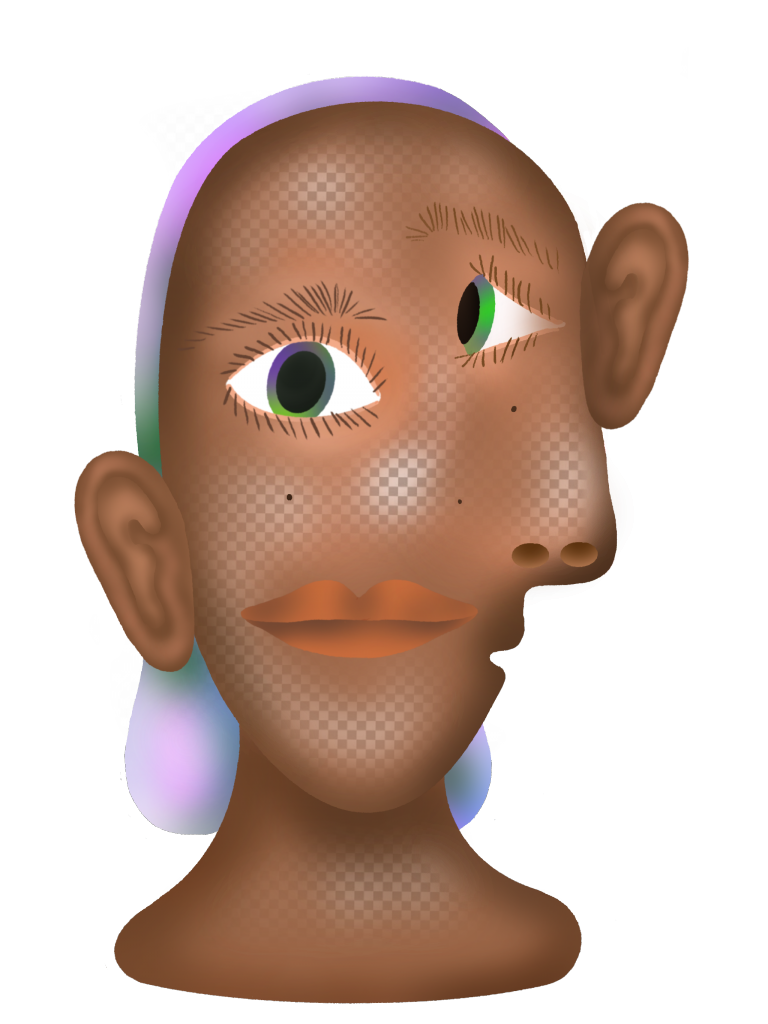
Illustration by Klara Graah.
Use Cases: Digital self-determination can involve defending against unauthorized mining of your personal data by governments, social-media platforms, and businesses as well as rooting out the many racial, gender, and class biases embedded in the machine-learning systems that are being used to understand consumers in the cultural sphere.
Who to Watch: Since authoritarian states and the titans of Silicon Valley stand to lose more than they would gain from digital self-determination, the vanguard is likely to be made up of progressive politicians, white hat hackers, and tech-savvy artist-activists. Among the latter, pathbreaking work is being done by the Algorithmic Justice League, American Artist, Joanie Lemercier, Addie Wagenknecht, and duo Kate Crawford and Trevor Paglen.
Blow My Mind: At the analog end of the spectrum, the Algorithmic Justice League teaches viewers how to prevent identification by facial recognition technology through the use of makeup, accessories, and found objects (that will also make you look fab). At the digital end, the Fawkes app automatically adds subtle “errors” to selfies to confuse facial-recognition algorithms, while LowKey can render your mug completely “unlearnable” to bots from the get-go.
A version of this article appeared in the fall 2021 Artnet Intelligence Report, available exclusively to Artnet News Pro members. To read more about the art collectors shaping the future, how much money NFTs are making for auction houses, and which galleries throw the best parties, download the full report here.